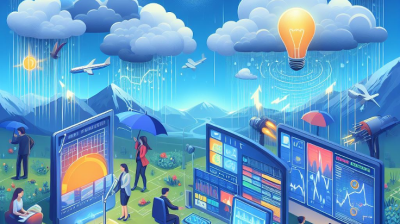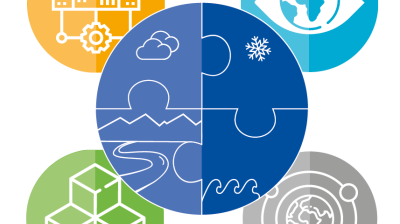WMO Integrated Processing and Prediction System (WIPPS)
As a worldwide network of operational centres operated by WMO Members, the WMO Integrated Processing and Prediction System (WIPPS) makes defined products and services operationally available among WMO Members and relevant operational organizations for applications related to weather, climate, water and the environment.
High-quality products and services are generated using advanced science and technology such as Numerical Weather Prediction (NWP) and Earth system modelling, better observations, improved data assimilation, increased computing power, and enhanced knowledge of weather dynamics and physics. These advancements have led to more accurate predictions, benefiting operational meteorology, hydrology, oceanography, and climatology. However, there is a significant disparity in forecasting capabilities among WMO Members, with developed Members benefiting more from these advancements compared to developing and least developed countries due to limited resources.
WIPPS serves as a framework to address this gap for sharing operationally meteorological, hydrological, oceanographic, and climatological data. WIPPS allows Members to access and utilise the most advanced numerical models’ data and applications, leveraging scientific and technological advancements in Earth system modelling. WIPPS is facilitated by the WMO Information System (WIS), which supports international data exchange. By expanding the range of designated and participating centres, WIPPS enhances the global data-processing and forecasting system, enabling a broader range of applications to strengthen the world’s weather, climate, water and related environmental services.
WIPPS was previously known as the Global Data-processing and Forecasting System (GDPFS).






